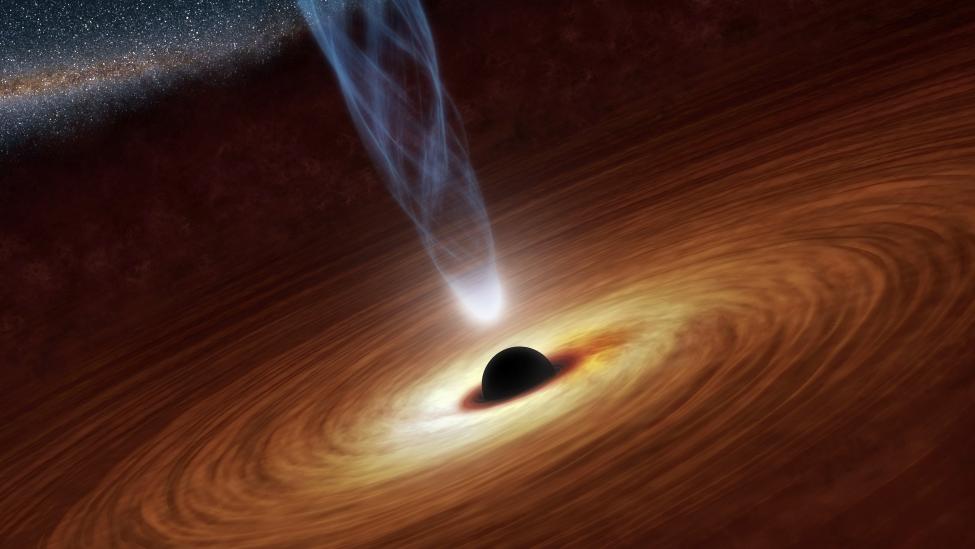Vũ trụ luôn là nơi chứa đựng vô vàn điều kỳ diệu và bí ẩn mà con người khát khao được tìm hiểu và chinh phục. Với sự phát triển vượt bậc của khoa học kỹ thuật, những hình ảnh chụp được từ kính thiên văn của Cơ quan Hàng không Vũ trụ Mỹ (NASA) đã phần nào giúp người xem hình dung vẻ đẹp của không gian vô tận ngoài Trái đất ấy.
Dưới đây là một số hình ảnh ấn tượng được NASA chụp lại và minh họa lại, cho thấy vẻ đẹp và những điều thú vị về vũ trụ.
BÀI VIẾT LIÊN QUAN:







Trả lời
Bạn phải đăng nhập để gửi bình luận.